Nanahito Shimazaki, a motor journalist who is one of the best in the industry for his meticulous observation, will interview you in depth and in detail about the points of interest in the hot new model. The 26th is the Toyota C+pod, which is an electric vehicle (EV) and the first ultra-compact mobility type-designated vehicle of the new standard. We interviewed Mr. Shinji Kurachi, Chief of ZEV B&D Lab, Toyota Motor Corporation, Toyota ZEV Factory.
An ultra-compact mobility device that can be used by general users, not for demonstration experiments
Shimazaki: Did you say that a new standard was established for this C+pod?
Mr. Kurachi: It may not be for this car, but at least it is the first ultra-compact mobility type-designated car.
Shimazaki: When was this new standard established?
Mr. Kurachi: September 2020.
Shimazaki: New standards were established in September, and C+pod was announced in December.
Kurachi: Yes. To explain, the standard for "type-designated ultra-compact mobility vehicles" has been established among kei cars. Until then, there were certified vehicles, but these could only be used for demonstration experiments, and the locations were limited, and registrants were limited to people such as mayors and mayors. A feature of the new standard is that anyone can register a model-designated vehicle and drive it nationwide.
Shimazaki: In short, it's for general users.
Kurachi: Yes. However, there are some aspects that have become stricter, such as the destructive test of the collision safety test being compulsory.
Shimazaki: How long ago did the development start?
Mr. Kurachi: The demonstration experiment itself has been around for about 10 years. However, there was a background that it was difficult to make progress because the regulations were not established and there was no talk of making a car. However, this time, we thought that we could establish a standard, so we started developing the car, and the government took action at just the right time.
Shimazaki: Mr. Kurachi, were you involved from the beginning?
Mr. Kurachi: I've been involved since around 2012.
Unlike moped minicars of the past, it meets collision safety standards
Shimazaki: A long time ago, there was a minicar that used a 50cc moped engine and had an FRP body. , On the extension of that... I was thinking with that kind of image, but it means that the level is completely different from the world.
Mr. Kurachi: I think it was a minicar that was treated as a moped, but only one person was allowed in it, but the new standard allows up to four people. The body size is the same as a moped minicar (note: up to 2.5m in length and up to 1.3m in width). As for collision safety standards, there are no minicars, but ultra-compact mobility requires collision safety, and of course, airbags, ABS, VSC, and other equipment required for minicars are also required.
Shimazaki: It's a full-fledged car, it's no different from a light car.
Mr. Kurachi: In addition, the C+pod comes standard with a pre-collision brake and a parking support brake. After all, it is a mobility for traveling short distances, so it seems that many elderly customers also use it because it is "just right" or "because it is a couple." Such people can ride with confidence.
Shimazaki: Electric wheelchairs are for one person and get wet in the rain, so it's pretty good when you think about it.
Mr. Kurachi: Recently, people often say that they are shopping refugees, but without some form of mobility, they can't go shopping or go to the hospital. That's why I'm withdrawn. I wish I could improve this kind of world even a little.
Shimazaki: You can get plenty of shopping.
Mr. Kurachi: The luggage space is sized to fit a shopping basket. We have secured space for tissue paper and beverage boxes containing 24 bottles.
A price that is a good match with a cheap mini car
Shimazaki: I was looking at the materials, but the setting of 1.65 million yen is quite attractive. Considering that it is also an EV, isn't it cheap? Excuse me for speaking like a TV shopping assistant.
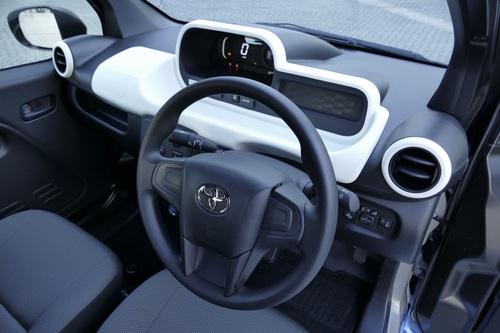
Mr. Kurachi: To be honest, EV alone costs money, and the number of units is still small in the future market. But I'm doing my best to do my best.
Shimazaki: Do you think the cost can be further reduced depending on the number of units?
Mr. Kurachi: I think so. Currently, the G grade is 1,716,000 yen, and the subsidy is about 220,000 yen for individuals and about 320,000 yen for sharing companies. , Considering the total cost, it will be a good match with relatively cheap mini cars.
Shimazaki: Will I be able to buy it at a Toyota dealer once retail sales begin?
Mr. Kurachi: Yes, last year we started selling about 100 units limited to corporations and local governments. There will be no limit on the number of general sales from next year, so anyone can purchase it. It may not be available at all stores, but since it is being rolled out nationwide, you should be able to purchase it at stores not far away.
It can run for about a day on a single charge
Shimazaki: Do dealers have any requirements or standards for their charging equipment?
Mr. Kurachi: There is nothing special about it, you can charge it with a 100V household outlet, and now almost all Toyota dealers have 200V charging facilities.
Shimazaki: How long does it take to charge?
Mr. Kurachi: 16 hours at 100V. In addition, most households can draw 200V for air conditioners, so if you use it at 200V, it will take 5 hours, and if you charge it at night, it will be fully charged in the morning. I can.
Shimazaki: It seems to be easy to handle.
Kurachi: Yes. It can run 150km on one charge, and the maximum speed is set at 60km/h, so it can't be driven on highways, so I think it's a distance that can be driven for about a day if you use it to drive on ordinary roads around you. .
This is just right around town
Shimazaki: You mentioned earlier that ABS and VSC are standard equipment, but do you have any direction or aim for tuning in the area of vehicle dynamics? Is it the ride quality of the car?
Mr. Kurachi: It was difficult to find a way to stabilize the car with the short wheelbase and short tread. I keep
Shimazaki: I took it for a test drive, and with a top speed of 60km/h, I felt that the acceleration felt a bit sluggish compared to other mini vehicles. ?
Mr. Kurachi: I can fully ride the flow of starting from a normal traffic light. However, even if I step on the accelerator as hard as possible, I never try to produce power. We have heard from families of elderly people that they feel more secure at this level. I think that this is just right in the city, not on the main road.
The height of the seat that even a woman with a height of about 145cm can reach
Shimazaki: How did you decide on the height of the seat?
Mr. Kurachi: Yes, it's not too high without bending down, and it's set a little higher than a short light car.
Shimazaki: Wouldn't it be nice to have it a little higher? After experiencing a pelvic fracture, I came to think so.
Mr. Kurachi: We received feedback that it would be too tall for a woman with a height of about 145 cm, so we lowered it a little at the end of development.
Shimazaki: What is the sheet itself using?
Mr. Kurachi: That's sharp! Although it is not a complete diversion, it uses the front passenger seat side of the Hiace system for three people. I decided that a width of 470mm would be sufficient for a Japanese figure.
Shimazaki: The maximum speed was 60km/h.
Mr. Kurachi: The meter reading is slightly over, and there are times when it goes out a little more on steep downhills, but the power is limited to 60km/h.
Shimazaki: Anyway, it was easy to ride.
Mr. Kurachi: Thank you. We've finally made it out as the first one, so from now on, we'd like to steadily expand this kind of vehicle as a mobility as a whole, not just a conventional car.
Shimazaki: I'm looking forward to it. Thank you very much for your story.
(Photo: Nanami Shimazaki)
*The content of the article is based on information as of November 2021.
* Those who have applied from this linked page by March 15, 2022 and have reached a contract after that (contract date can be after the period)

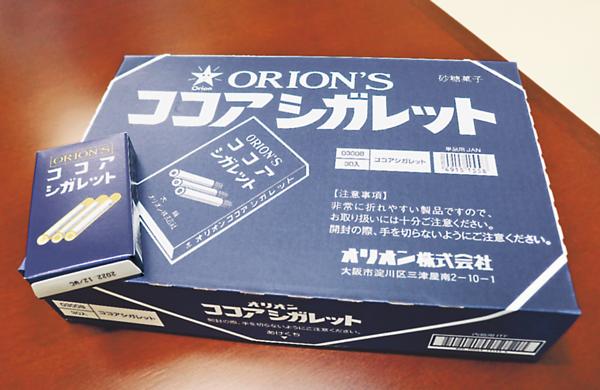
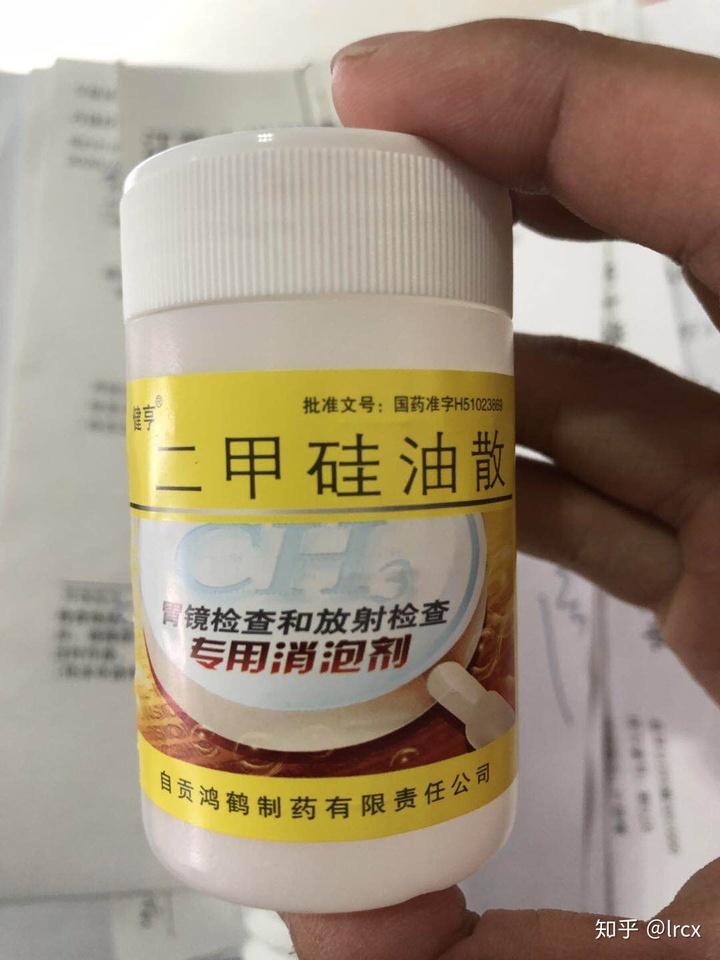
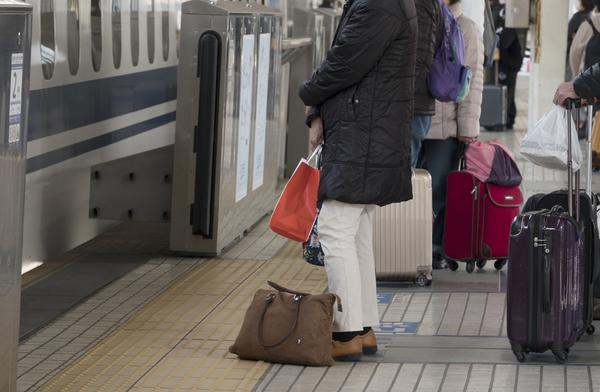
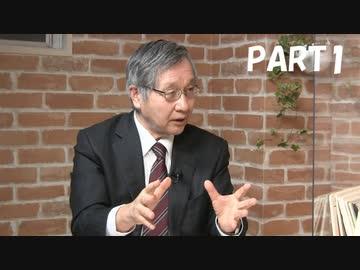
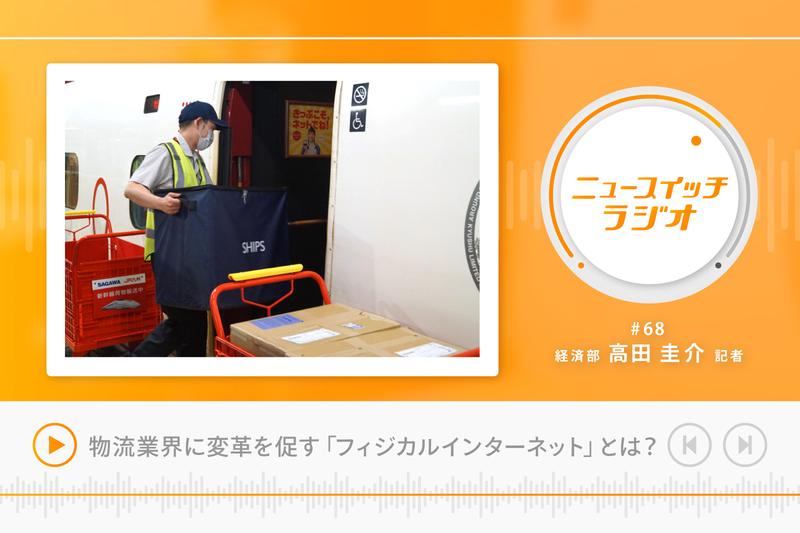
![[New Toyota Voxy (90 series)] Amplifies the characteristics of the aero body! A design that further enhances the power of the front mask! #Works direct custom deep layer 001](https://website-google-hk.oss-cn-hongkong.aliyuncs.com/drawing/article_results_9/2022/3/25/01568e2fbf021c0eaf7d013507c850a4_0.jpeg)

![[Toyota Noah / Voxy new model] Modellista releases various customized parts ... Actual vehicle exhibited at Tokyo Auto Salon](https://website-google-hk.oss-cn-hongkong.aliyuncs.com/drawing/article_results_9/2022/3/25/8268612c1e5941e62d3dfd07f8991b2f_0.jpeg)
